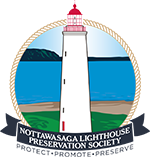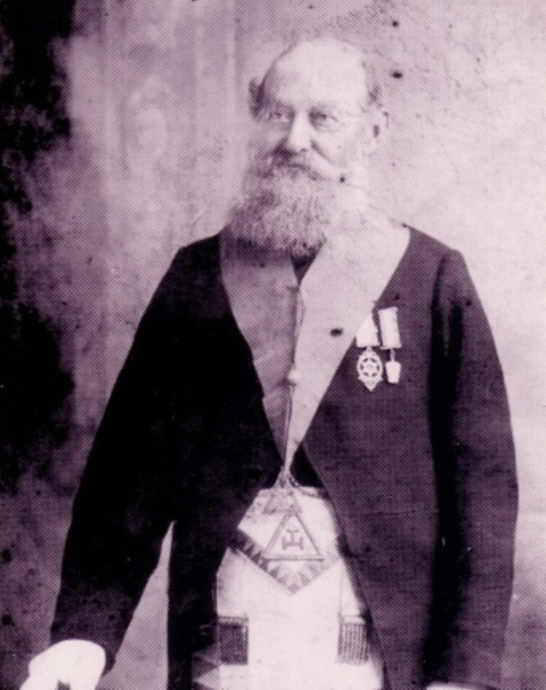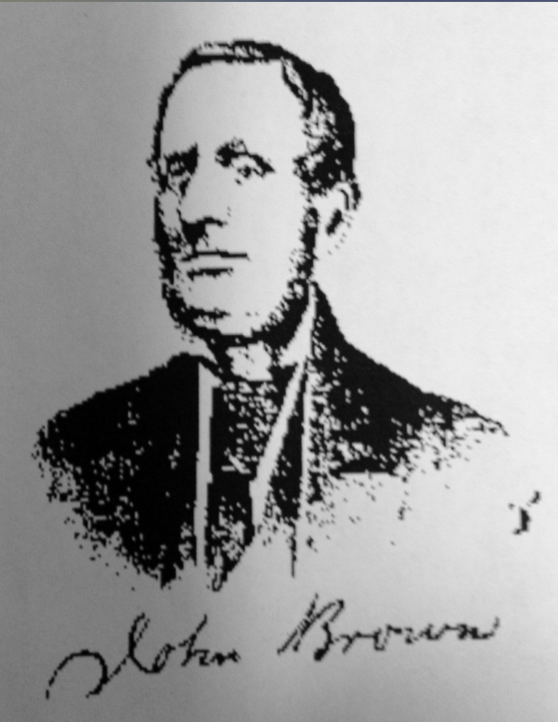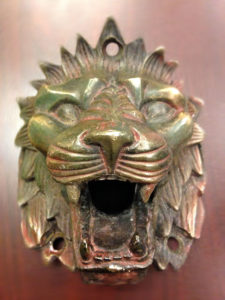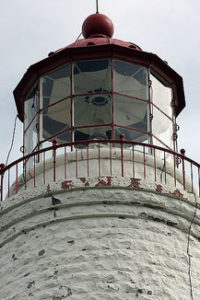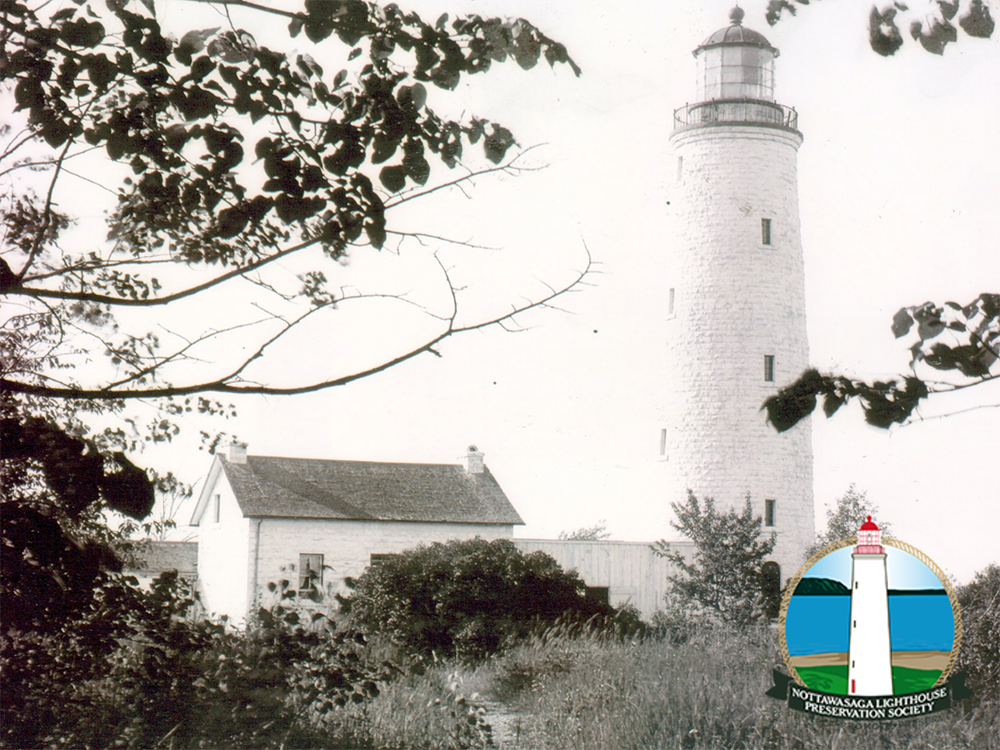The Early Years
In 1851, Collingwood became the northern-most terminal of the Simcoe and Huron Railway line which would link the growing city of Toronto on the shore of Lake Ontario to ports on Georgian Bay and Lake Huron. The first train of this fledgling rail line reached Collingwood in 1855 marking the beginning of Collingwood's role as a major port on the upper Great Lakes.
Constructed between 1855 -1858, the Nottawasga Lighthouse was one of six Imperial Towers constructed by Scottish stonemason, John Brown. Brown's first government project was the construction of the Gull Island Lighthouse in Lake Erie between 1846 and 1848. Subsequently, he was retained to build seven additional light stations in Ontario, including one in Burlington, Ontario.
Brown however is best remembered for building the Imperial Towers, six nearly identical light stations around Georgian Bay and Lake Huron. These include the Nottawasaga light at Collingwood, Cove Island off Tobermory, marking the entrance from Lake Huron to Georgian Bay, Griffith Island near Wiarton, Christian Island, as well as, the Lake Huron lights at Chantry Island off Southampton and at Point Clark. Initially, eleven Imperial Towers were planned but only six were completed. The projects that were cancelled were to be at White Fish Island near Sault Ste. Marie, Mississagi Strait on the west end of Manitoulin Island, St. Joseph Island on Lake Huron and at Clapperton Island and Badgley Island both of which are located on the North Channel near Kagawong on Manitoulin Island and Killarney respectively.
Made from locally quarried cut stone, the towers measured approximately 85 feet in height and had wall thicknesses from 7 feet at the base tapering to 2 feet at the top. The ornate and intricate lantern rooms were imported from France as were the Fresnel lens, a unique design made much thinner than a comparable conventional lens allowing it to capture more oblique light from a light source, thus allowing the light from a lighthouse equipped with one to be visible over greater distances.
The Nottawasaga Lighthouse was first lit in 1858 which ironically was the same year in which the Town of Collingwood became incorporated. The light remained operational for 124 years during which time 13 full time lightkeepers and their families occupied the Island.
In 1959, operation of the lighthouse was automated following the loss of the lightkeeper's house due to a fire marking the end of an era when the operation of lighthouses was a laborious task, often in remote locations and in the most adverse of weather.
